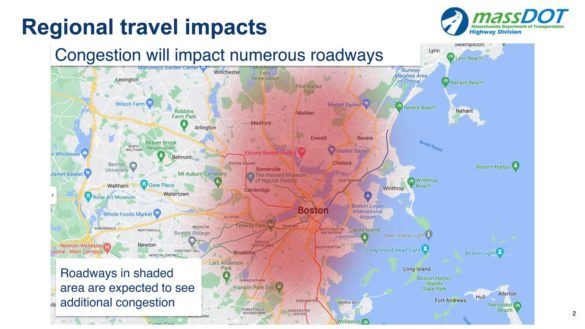“After every royal wedding,” wrote one Episcopal priest friend online, “I get a spate of requests from brides-to-be: ‘Can I have a ceremony just like _____?’ I wonder if the same will happen after the Queen’s funeral: ‘Can my mother’s service be just like the Queen’s?’”
And the answer, remarkably, is: Yes. (Sort of.)
It’s one of the most powerful things about the Prayer Book tradition. No, your casket probably won’t be escorted into the church by an array of highly-trained and colorful soldiers. No, the prayers probably won’t be read by the heads of every Christian tradition in the country. No, the queue at your visitation probably won’t be ten miles long.
But yes: the dignity and the majesty and the beauty of that service can be yours. The power of the Prayer Book tradition is that while the ritual and the decoration and the music may vary, the heart of the liturgy remains the same. Those words—from “I am the resurrection and the life, saith the Lord…” to everything that follows—have been said innumerable times. They have been said for kings and queens, laid to rest surrounded by hundreds of dignitaries. They have been said in nearly-empty churches, for unknown neighbors found frozen on the street. They have been said in small churches and large ones, in the heart of the city and the middle of nowhere, for millions and millions of ordinary people who lived millions and millions of ordinary lives: striving, imperfect, loving, beloved.
For me, the most powerful moment of the day was the simple commendation, spoken by the Archbishop of Canterbury: “Heavenly Father, King of kings, Lord and giver of life… we entrust the soul of Elizabeth, our sister here departed, to thy merciful keeping, in sure and certain hope of the resurrection to eternal life…”
“We” is not the royal we. It does not mean the bishop. It doesn’t mean the royal family. It doesn’t even mean the people of England, or of the United Kingdom. It means “we,” the Church, the family of God, entrust the soul of Elizabeth, our sister, to God. In Christ there is no title or rank but “sister,” no king or queen but the “King of kings.” In Christ, all human hierarchies dissolve: we are simply siblings in one family of God, and while the rituals we attach to the liturgy reflect our stature in this world, God makes no distinctions among us. “We brought nothing into this world,” as the funeral service says, “and it is certain we can carry nothing out.” We leave behind everything we have and everyone we know, journeying deeper into the love of God:
changed from glory into glory
till in heaven we take our place,
till we cast our crowns before thee,
lost in wonder, love, and praise!
So “Go forth, O Christian soul, from this world.” May her soul, and the souls of all the faithful departed, by the mercy of God, rest in peace.


